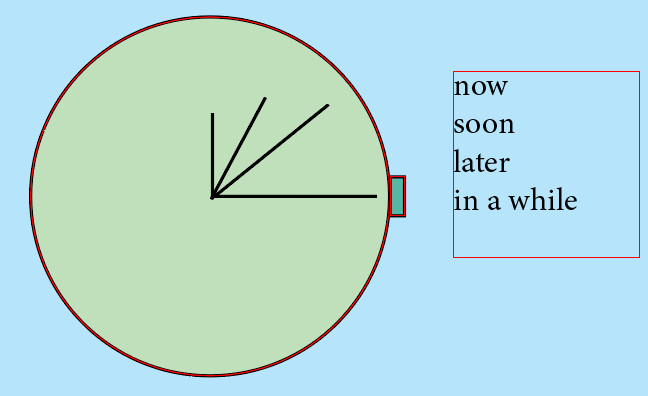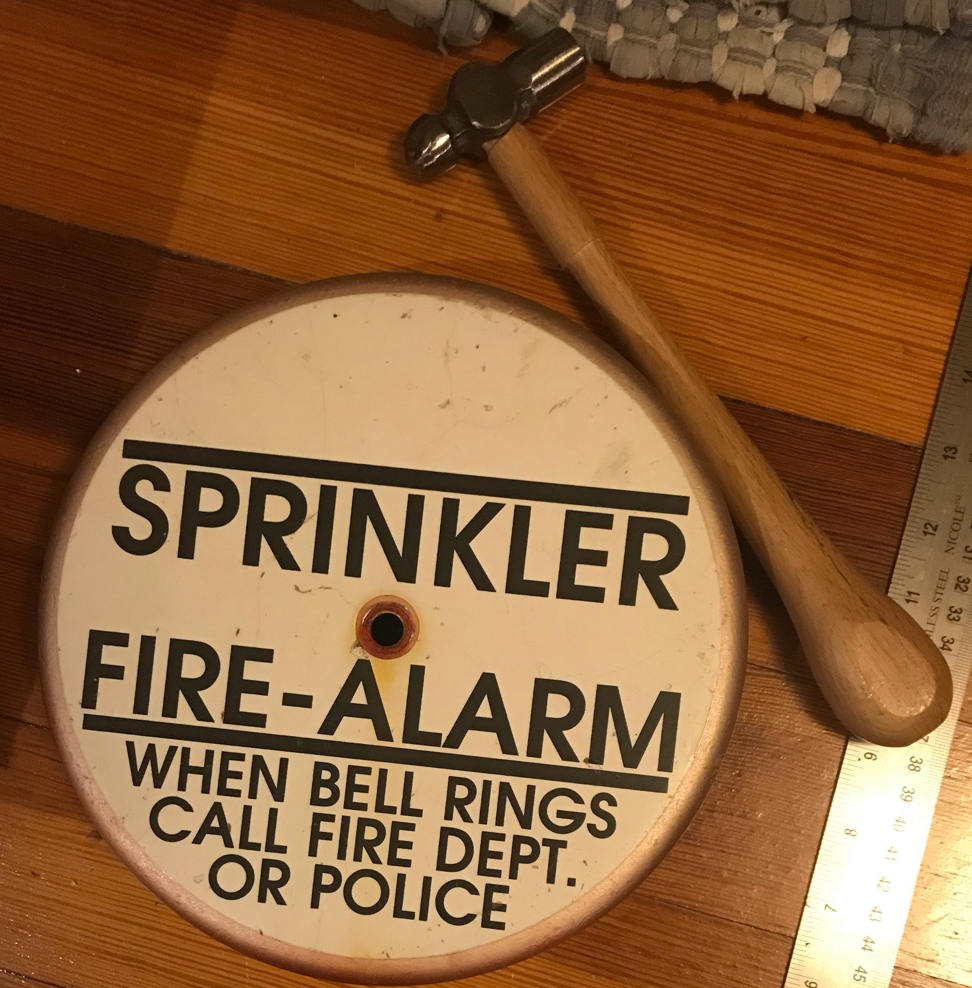Beginning at
the end

First class was a whirlwind, which I now understand is exactly as it will be every time. As close as you can get to downloading from the Matrix, here's half a dozen concepts, some resources to review, common issues, elegant solutions, and as soon as you start thinking about it, it's time to get out. But what else can you do? This is not an engineering class, it's an art class. This isn't an art class, it's a melting pot. This isn't a melting pot, it's a way of relating to the world.
Here's a goal. Here are your tools. Failure is expected. See what you can do.
Conceptually, I know exactly what I want to do. This clock has been in my head for... So long. An in(de)finite time. But making it manifest has been the struggle, and continues even now. It took me fifteen minutes to figure out how to draw a circle in FreeCAD. Actually, it took me ten minutes to figure out how to start a drawing. Then five minutes to figure out that the reason the circles were acting the way they were was because of the circle option I chose (three rim points, versus center and rim; I thought it would just break the circle into three equal arcs. I thought that would be more useful.).
Eventually, though, I decided to start with what I knew: InDesign.

So that gave me a... pretty basic sketch. Fine. Not exciting.

Then, back to FreeCAD, which is so unintuitive, and kept crashing on my machine. I got this far and stopped, deciding that I must be missing something. I tried a number of beginner-level tutorials which were sort of helpful? But often confusing, for reasons which didn't make sense to me. A thing wouldn't work, and then it would, and then it wouldn't again but I swear I was doing the same thing - but clearly not. The computer can't change its mind!
In our first section meeting, Julia told me she used OnShape, the browser version of SolidWorks (?), and so far that seems to work a bit better. At least, I've gotten 3D shapes out of my 2D sketches.
And yet, put together, they don't line up and I can't figure out how to move the button DOWN along the z-axis.
Clearly, I have a way to go.

